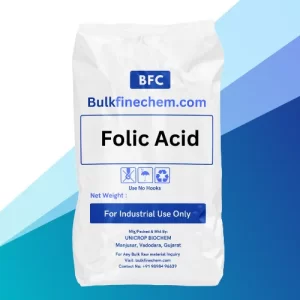Sodium Sulphate Anhydrous
Sodium sulfate Anhydrous (Na2SO4) is a versatile inorganic compound with applications in detergent manufacturing and paper pulping. In detergents, it acts as an economical filler, improving flow properties. In the Kraft process of paper pulping, it creates highly alkaline conditions, aiding in efficient digestion of raw materials and separation of cellulose fibers. Sodium sulfate contributes to cost-effective production and process efficiency in these industries, making it a valuable commodity chemical.
Application of Sodium Sulfate Anhydrous
Sodium sulfate Anhydrous (also known as sodium sulphate or sulfate of soda) is the inorganic compound with formula Na2SO4 as well as several related hydrates. All forms are white solids that are highly soluble in water. With an annual production of 6 million tonnes, the decahydrate is a major commodity chemical product. It is mainly used as a filler in the manufacture of powdered home laundry detergents and in the Kraft process of paper pulping for making highly alkaline sulfides.
Mechanism of Action
- It can enhance the flow properties of detergent powders, preventing clumping and ensuring uniform distribution during packaging and use.
- It does not directly participate in the cleaning process but helps add bulk and volume to the detergent powder.
- In the manufacture of powdered home laundry detergents, sodium sulfate serves as a filler or bulking agent.
- aids in the digestion of lignin, hemicellulose, and other components of wood, separating them from cellulose fibers and facilitating the pulping process.
Benefits of Sodium Sulphate Anhydrous
- It is an economical filler in detergent manufacturing, allowing for the production of cost-effective detergent powders.
- It improves the flow properties of detergents, preventing clumping and ensuring ease of handling for consumers.
- It’s role in creating alkaline conditions enhances the efficiency of the Kraft pulping process, leading to effective separation of pulp fibers from raw materials.





